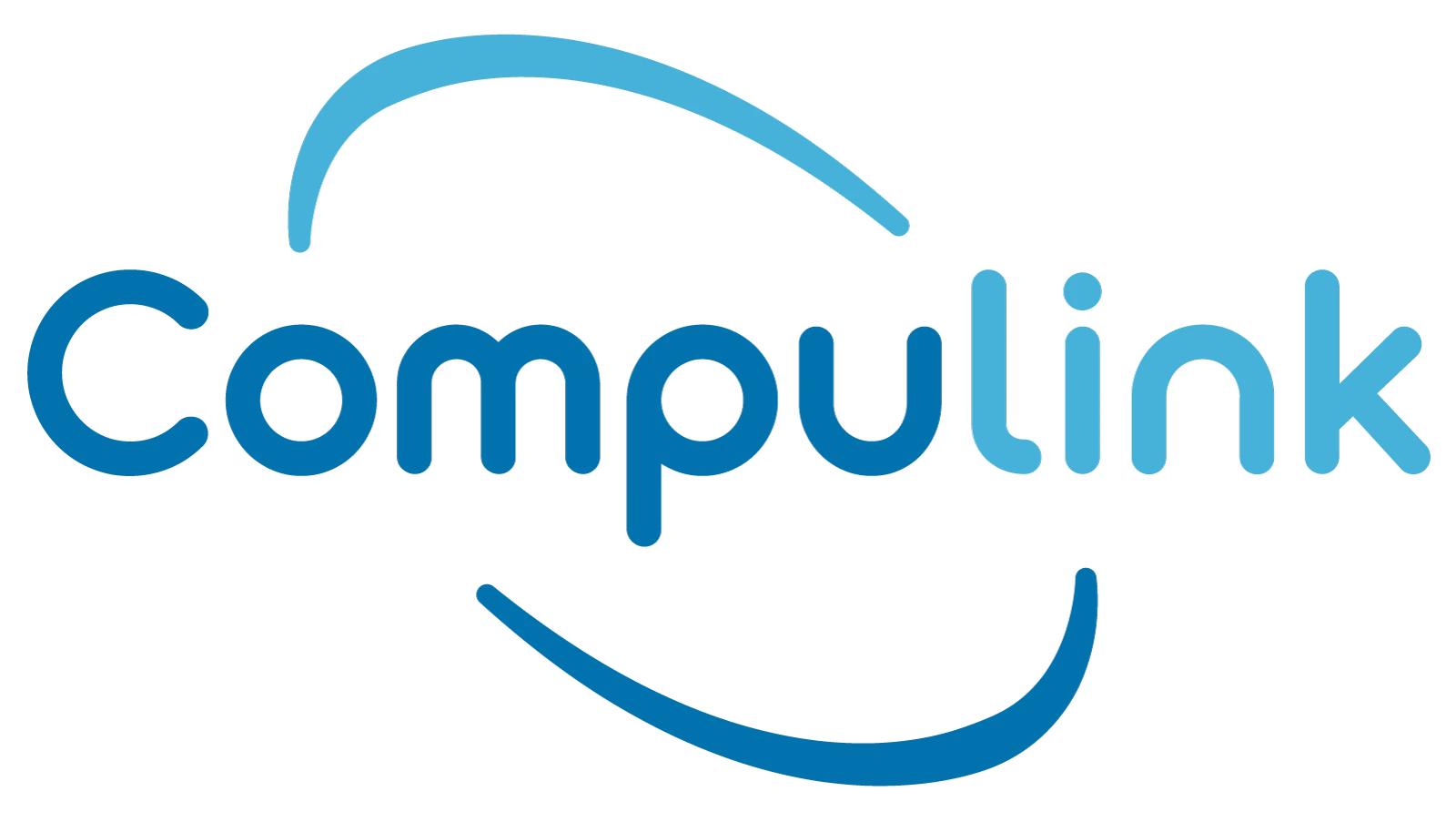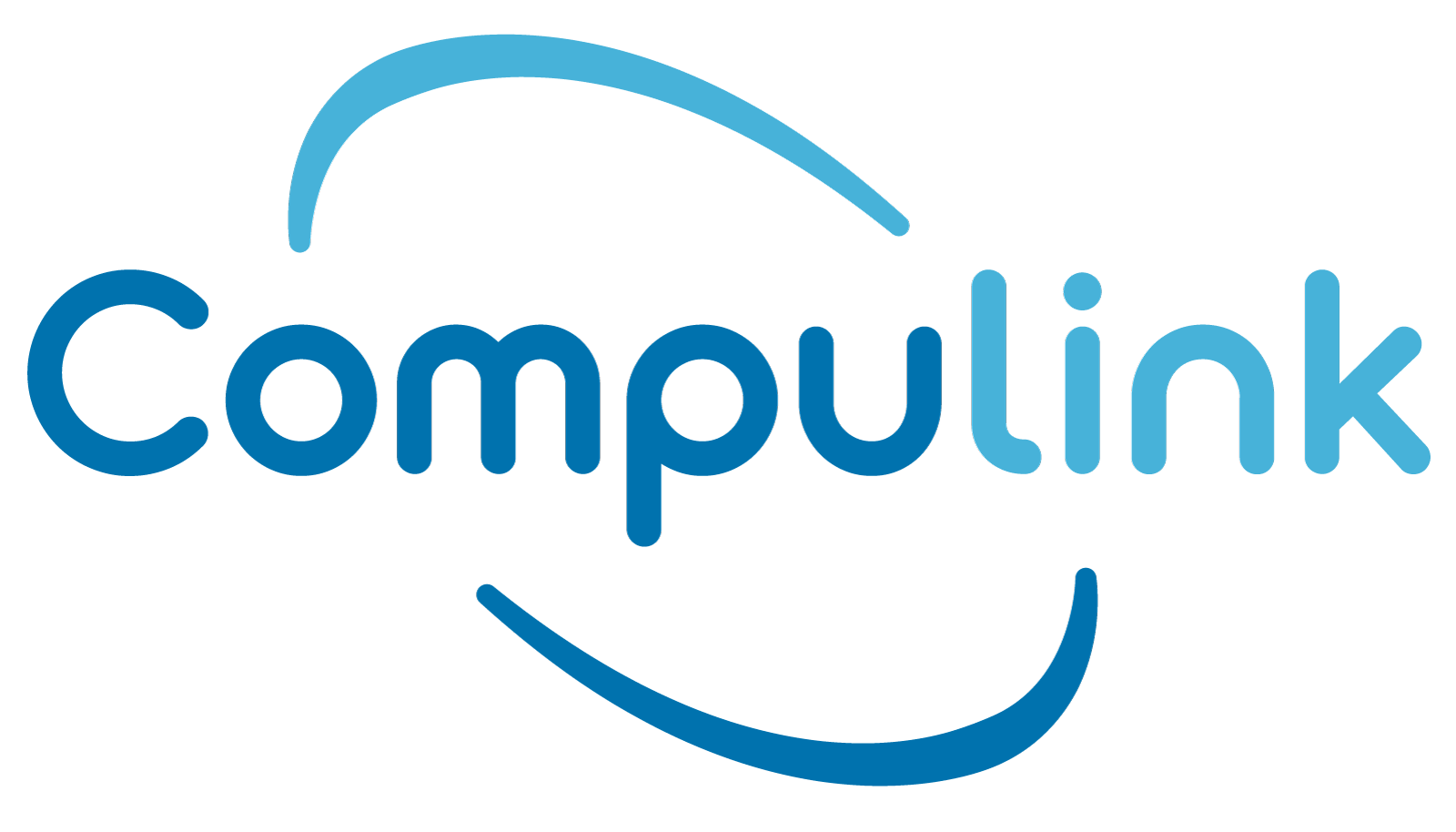On Thursday September 5th, all public schools in Flagstaff Unified School District (Arizona) were closed due to a cybersecurity issue. The School District’s Facebook post stated: “Due to a cyber-security issue that has impacted the ability of FUSD schools to operate normally, there will be no school on Thursday, September 5th. FACTS, Childcare centers, and FUSD preschools have also been canceled.”
In some of the comments in response to this post, parents are expressing concerns that their children’s data may have been breached due to this incident.
The Implications
While schools having sudden closings can seem like good news for the children, there are broader costs to be considered. For example, the Flagstaff Unified School District has a total of 15 schools, each with their distinct population of students. There are costs involved in sudden off-days, for example: the interruption in the learning curriculum, affecting the broader educational schedule.
Additionally, a cybersecurity breach in school can have implications on the personal data of students and faculty, as mentioned before. Depending on the children’s circumstances, many of their parents are working and therefore rely on the daycare and school facilities to occupy their children’s time. So a sudden closing would require parents to quickly find immediate childcare options.
The Takeaway
No matter the size of a company or organization, no entity is safe from cybersecurity issues. It has become common for organizations to have their data within their network (or the cloud). While we have grown comfortable digitizing our data, it is crucial to consider cybersecurity options. From the individual using their laptop for personal use to the large enterprise, digitization of data has its vulnerabilities to security breaches.
In the context of an educational institution like the Flagstaff Unified School District, there are solutions and preventive measures that can be taken. For example, a school district has multiple locations, similar to businesses having multiple branches. This would mean that centralizing the network into one secure solution would both reduce costs and add the convenience of managing the network. In the Case Study: Reading School District case study of Make-A-Wish Foundation, the organization had multiple locations with their own distinct network and later consolidated their network into one solution: Cisco Meraki.
In a centralized cloud-based IT management solution like Cisco Meraki, IT professionals can monitor all the switches, routers, and end-user devices. The solution is scalable so new locations can easily be onboarded while existing locations are future-proofed. The Meraki MX Security Appliance would provide advanced threat protection, and prevent anything malicious from entering the network with the breadth of Cisco’s Security teams. Additionally, Meraki has a dashboard that would inform the IT professional about the network, from bandwidth usage to problematic practices (risky downloads on a device etc.).
To conclude, it is crucial, even for school districts, to incorporate cybersecurity solutions into their budgetary planning/decisions. To learn more about Cisco Meraki and cyber-security best practices to protect your organization, click on the image below. (Free Access Point Available!) (Also applicable to Higher education institutions!)





